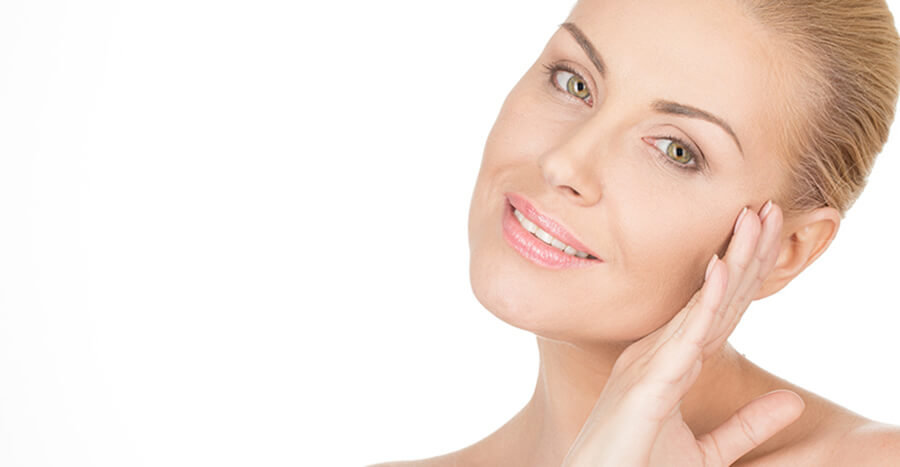SKIN CARE IN OLDER YEARS
21.01.2021.
In addition to a greater tendency to pathological changes, the typical features of skin aging are more or less defined wrinkles, reduced elasticity and pigment spots. Owing to a lack of hormones in the skin, the collagen fibers in the stratum corneum become more and more immobile, the skin becomes thinner, drier, itchy and prone to eczema. Its ability to defend itself from external harmful influences lessens. Due to poor blood circulation, the skin often looks tired. In order to better maintain a good complexion and prevent skin diseases, mature skin needs meticulous care.
The skin should be cleansed in a very gentle way, protecting it and avoiding dehydrating products. When caring for older skin, it is necessary to use creams that provide moisture and oil. The sensitive area around the eyes needs special attention, because the hydrolipid film is very thin in that area and laughter lines can appear. In later years, the subcutaneous tissue disappears so shadows may form around the eyes. Cosmetic treatment should particularly treat all visible areas, such as: the neck, neckline and arms. Muscles on the body are shrinking, especially on the upper arm and thighs. The skin on the feet can also be problematic. In addition to hormonal changes, many external factors promote skin aging such as smoking, UV light, diet and stress. Treatments are aimed at reducing these visible changes.
Older people often feel confused due to the large choice of products available, so the advice of beauticians is essential. This applies to products whose action is based on advanced active ingredients and new technologies, as well as the application of decorative cosmetics. With targeted care, the signs of aging can be greatly alleviated.